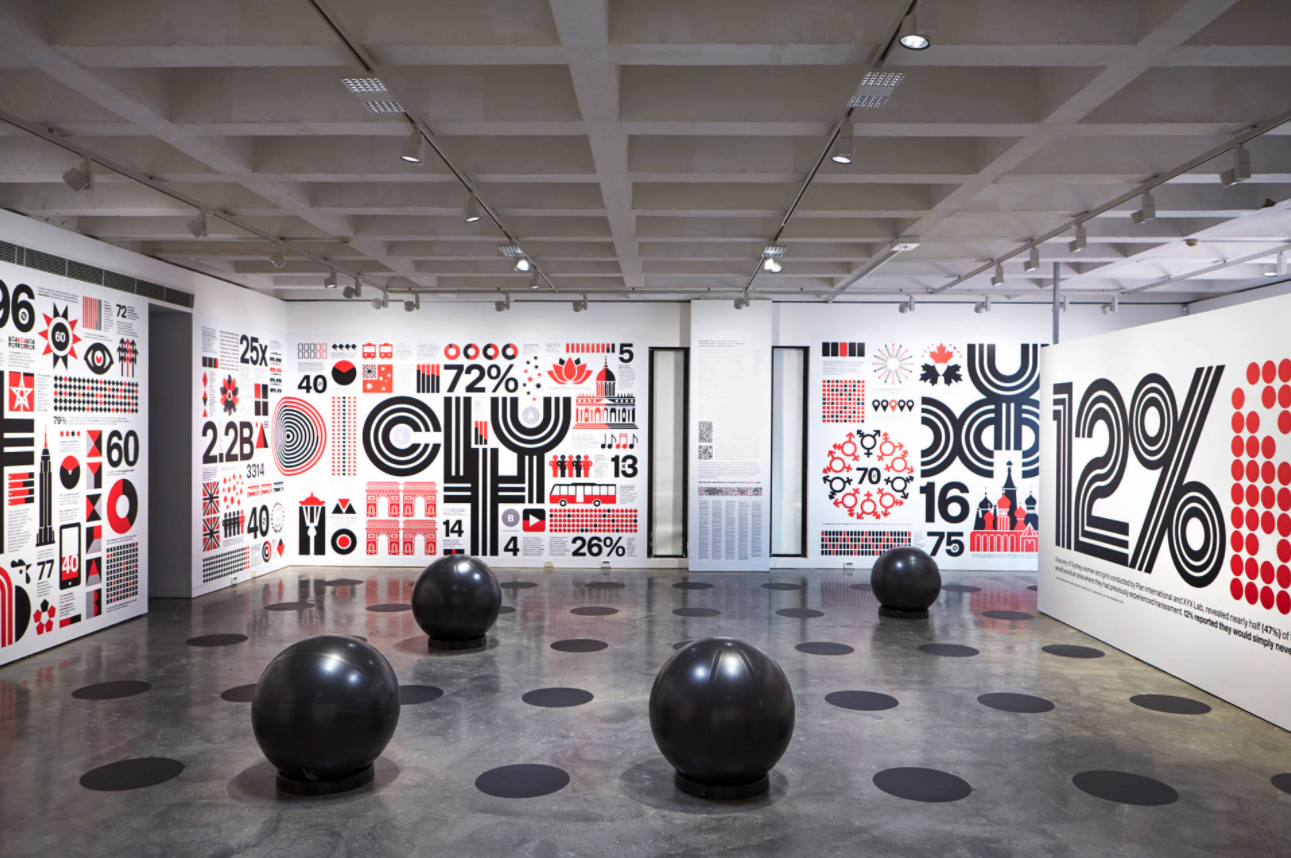Nicole Kalms, Monash University XYX Lab
DIA Designer Questions
DIA: When and how did your career start?
NK: My path has been supercharged by lucky breaks, some significant setbacks and a lot of tenacity! I studied architecture in the late ’90s. My career trajectory is shaped by the surge in feminist theory and the overturning of norms (delivered by deconstructivism) that dominated that time. The past ten years at Monash University has allowed me to undertake PhD research and publish “Hypersexual City”. This provided the foundation for the XYX Lab – a research Lab examining the nexus of gender and public space. Mentors have played an enormous role in my life. The Dean at MADA – Professor Shane Murray – has championed XYX Lab , and his leadership has undoubtedly been his leadership had the most significant impact on my career.
DIA: Tell us what you are currently working on at the moment?
NK: With funding from the Commission for Gender Equality in the Public Sector, the XYX Lab is developing and series of online training modules in gender-sensitive urban design. This will transform placemaking in Victoria and ensure accountability and awareness of gender-sensitive practices using evidence-based tools and strategies. That’s pretty exciting.
DIA: How do you approach multi-disciplinary thinking in your designs?
NK: A multidisciplinary team underpins the XYX Lab. It is our superpower and allows us to engage with diverse stakeholders from various disciplines and backgrounds. With co-director Gene Bawden and the XYX Lab team, we use our skills across digital engagement, communication design, urban placemaking and policy to surface the experiences of minoritised communities. We know that multidisciplinary approaches will create better cities for everyone.
DIA: How has design in your field been impacted during/ post-pandemic? How can a pandemic inform design?
NK: The XYX Lab buckled down with research driven by digital engagement – the YourGround project. We knew this would be low risk and less impacted by lockdowns and travel restrictions. Indeed, restrictions enhanced the participation in this research and have provided an unexpected COVID perspective which will be invaluable for our local government partners moving forward. The pandemic has disproportionately exposed and exacerbated existing inequalities. Research and intervention are urgent.
• YourGround Project by Monash University XYX Lab
DIA: What’s in your future? What’s next?
NK: A new book! I am partway through writing a handbook to challenge design inequity in cities. The deadline looms, and so 2022 will see me return to the craze of 4 am starts (the time of day when my writing brain works best). Writing this book will require introspection, solitude and a lot of discipline. Still, I hope that the result will help designers, policymakers and city stakeholders engage more deeply with the needs of women and girls in cities.
DIA: Your dream project?
NK: Every project at the XYX Lab is a dream project! From our co-design work with local government to the thrill of an international exhibition or collaborative research with leaders in aligned fields. Amazing.
DIA: What’s your favourite Pantone colour?
NK: 2009 Pantone colour of the year: Mimosa – A delicious yellow that “expresses hope and reassurance”.
DIA: If you could comment on the recent Designers Australia Awards presented by the DIA, what would you say?
NK: The overhaul into the new thematic areas is a genius move. ‘Place”, “Interact” and “Use” reflects the shift in the various fields of design and a desire to capture interdisciplinary practice. I am, of course, delighted that “HyperSext City” won the Interact category. This project draws attention to the experiences of women, girls and LGBTQI+ communities by presenting data and intersectional narratives of gender. It’s essential work.





